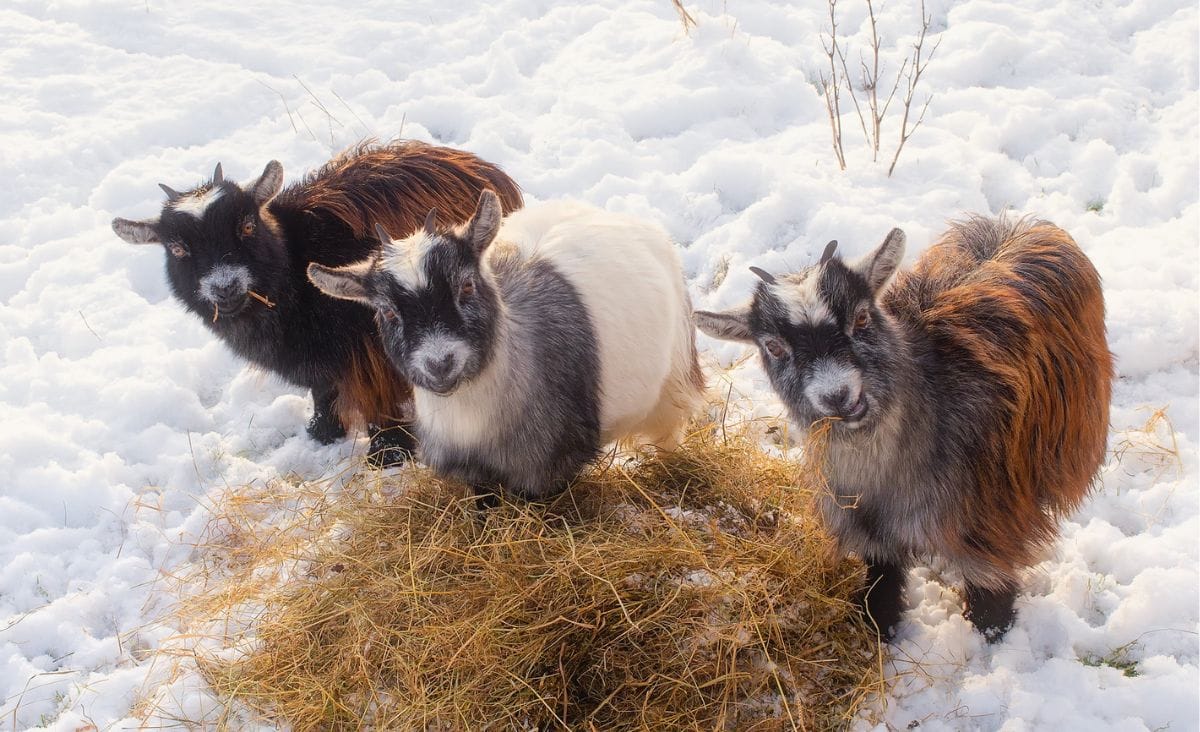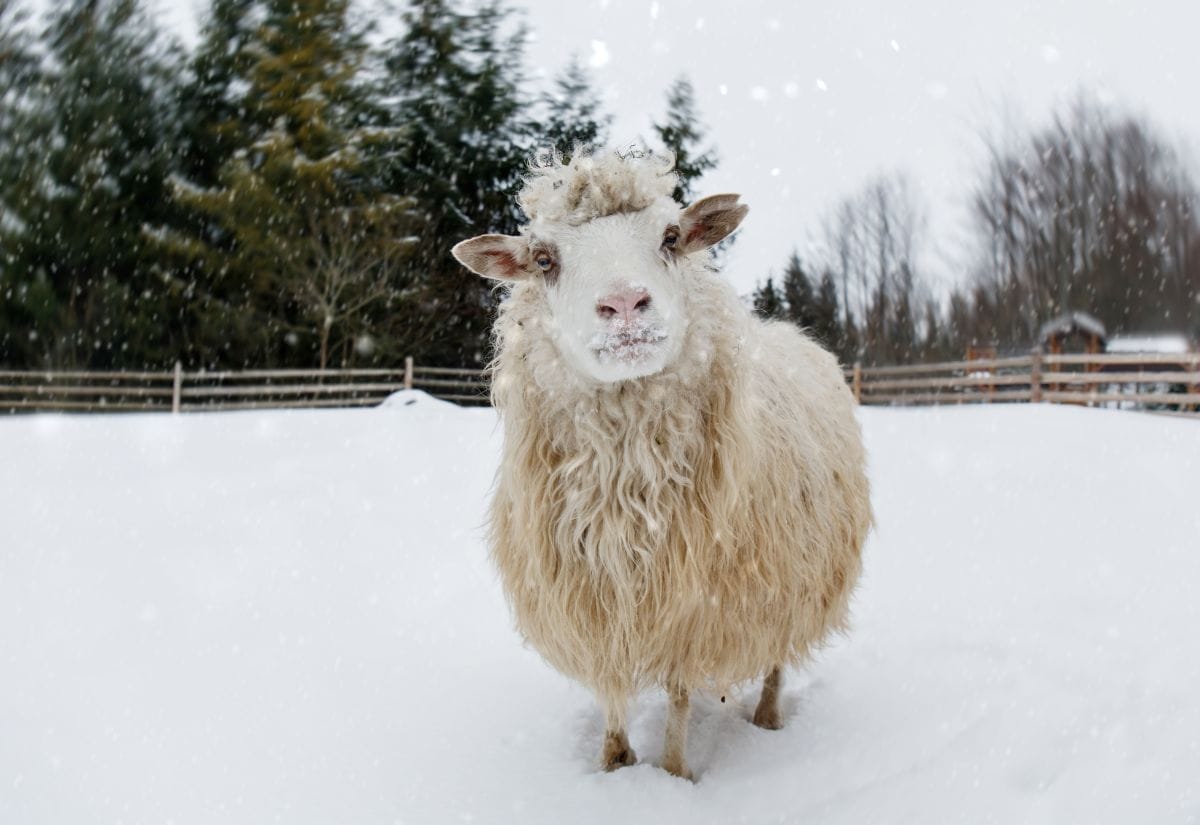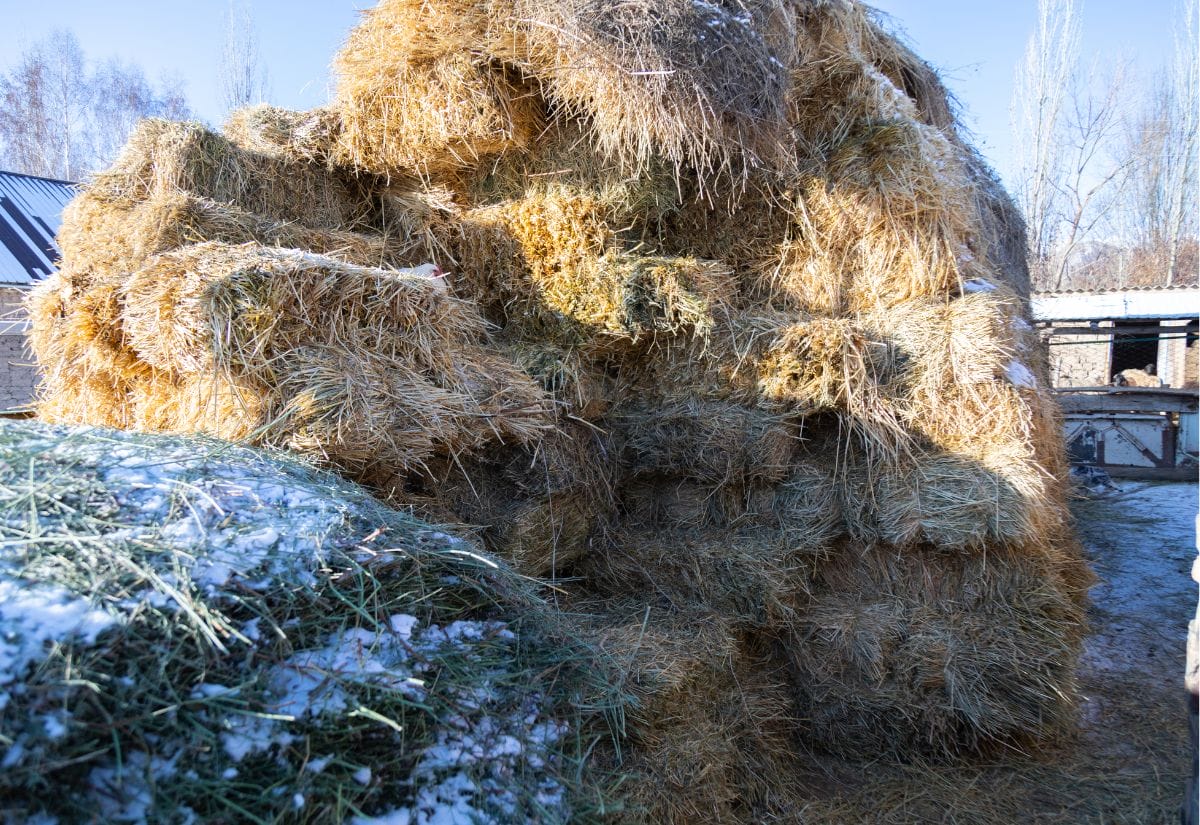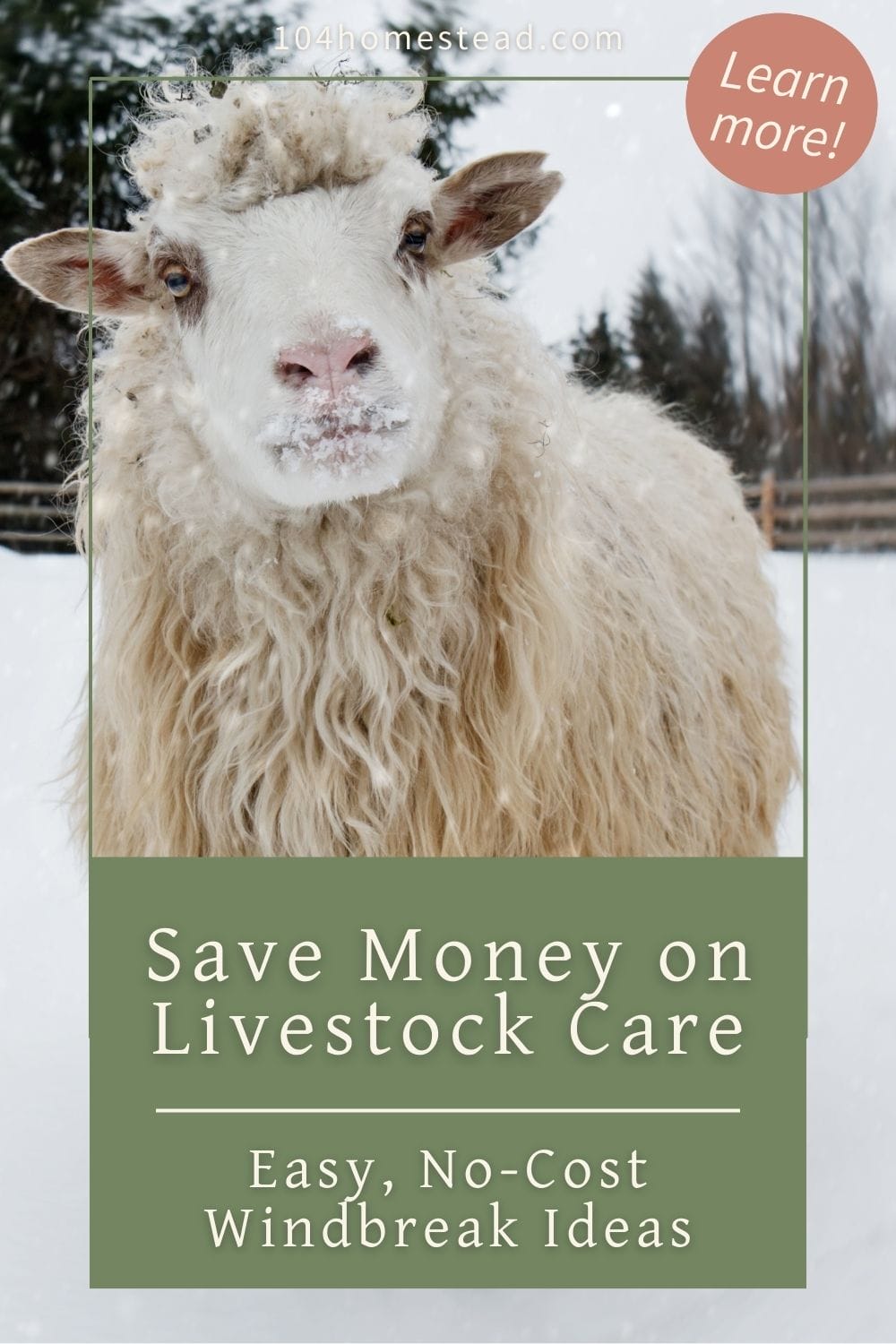How to Make Livestock Windbreaks Using Free Materials
Discover how to make livestock windbreaks using free materials like pallets, branches, and hay bales to protect animals and save on costs this winter.

Winter winds can be relentless, making life harder for both livestock and their caretakers. When bitter gusts blow, animals huddle for warmth, and feed consumption increases as they fight to stay comfortable. The good news? Windbreaks are an effective solution – and you don’t have to spend a fortune to create them.
In this guide, I’ll show you how to make livestock windbreaks using free or recycled materials that are often overlooked. Whether you’re keeping cattle, sheep, goats, or horses, a well-placed windbreak can shield your animals from harsh weather, reduce stress, and save on feed costs. Let’s dive into creative, low-cost solutions that work with what you already have on hand.
Why Livestock Windbreaks Are Important
Before jumping into materials and construction, let’s talk about why windbreaks are so essential for your homestead:
- Protection from the elements: Wind can lower the perceived temperature drastically, increasing stress and cold exposure for livestock.
- Reduced energy loss: Animals burn more energy to stay warm in windy conditions, which means they consume more feed.
- Better animal health: Wind protection reduces the chance of frostbite, respiratory issues, and hypothermia.
- Improved shelter without costly structures: Windbreaks can act as a flexible solution when barns or sheds aren’t available or practical.

How to Make Livestock Windbreaks Using Free Materials
Pallets: The Unsung Hero of Windbreaks
Wooden pallets are one of the easiest and most accessible free materials you can use to create sturdy windbreaks. Many businesses (think grocery stores, warehouses, or garden centers) discard pallets regularly, and they are often happy to give them away.
Steps to Use Pallets for Windbreaks:
- Source pallets: Look for untreated pallets to ensure safety for animals. Avoid pallets marked with “MB” (methyl bromide) as they may contain harmful chemicals.
- Arrange in sections: Stand pallets vertically, side-by-side, and secure them together with screws, zip ties, or baling twine.
- Support with posts: Drive T-posts or wooden stakes behind the pallets to anchor them into the ground, keeping them upright in strong winds.
- Add a roof if needed: Lay extra pallets or scrap wood on top for added weather protection.
Tip: Place the pallets in a staggered or overlapping formation to create a barrier with fewer gaps for wind to push through.
Trees and Brush: Nature’s Free Windbreak
If you have wooded areas on your property, you already have access to one of the most effective windbreak materials: trees and brush.
How to Use Trees and Brush for Windbreaks:
- Deadfall and branches: Pile branches, brush, and logs to form a thick, dense barrier. Stack them carefully to prevent collapse.
- Living windbreaks: Plant fast-growing trees, such as willows, poplars, or spruce, to form a natural windbreak over time. This won’t be instant, but it’s a long-term solution that improves with age.
- Brush piles for flexibility: For smaller livestock like sheep or goats, tightly stacked brush piles can provide immediate protection.
Tip: Place brush windbreaks on the windward side of the area where animals gather, ideally facing the prevailing wind direction.
Old Lumber and Scrap Wood
Broken fencing, old plywood, and discarded lumber can find new life as livestock windbreaks. Homesteaders often accumulate piles of scrap wood, and this is the perfect opportunity to put them to use.
Steps to Build a Scrap Wood Windbreak:
- Gather materials: Sort through your scrap pile and choose pieces that are sturdy and free of rot.
- Construct panels: Nail or screw boards to vertical posts to create DIY panels. For larger windbreaks, make multiple panels to form a longer barrier.
- Anchor securely: Drive posts deep into the ground and attach the panels, ensuring they are stable and aligned to face the wind.
- Patch holes: Use smaller pieces of wood or sheet metal to fill gaps where wind might sneak through.
Recycled Tarp or Grain Bags
Old tarps, billboard vinyls, or used grain/feed bags are excellent for creating temporary windbreaks. They’re lightweight, easy to secure, and highly effective in blocking wind.
How to Use Tarps and Grain Bags:
- Frame it: Stretch tarps across a frame made of T-posts, tree branches, or scrap lumber. Use bungee cords or rope to secure the edges.
- Layering: Double or triple up tarps to add extra strength and insulation.
- Repurpose grain bags: Sew or tie grain bags together to create a makeshift barrier. Secure the edges to a fence or line of posts.
Tip: Ensure tarps are well-secured at the base to prevent flapping in high winds, which can startle animals.
Bales of Hay or Straw
If you have leftover hay or straw bales that can’t be fed to livestock, they can make an excellent temporary windbreak.
Steps for Hay Bale Windbreaks:
- Stack bales: Create a wall by stacking bales two or three high in a staggered pattern for stability.
- Reinforce: Place wooden posts or pallets along the sides to prevent the bales from shifting or falling over.
- Monitor for safety: Check periodically to ensure bales are holding up against the wind and weather. Replace damaged ones as needed.
Bonus Tip: Once winter is over, repurpose these bales as garden mulch or compost material.

Practical Tips & Creative Alternatives for Windbreaks
Combine Materials: Sometimes the best windbreaks are made by mixing methods. For example, use a pallet base for stability with tarps stretched across for added coverage, securing the tarp tightly to prevent flapping, which can scare livestock or wear out quickly.
Temporary vs. Permanent Solutions: Brush and tarps make excellent temporary options for short-term protection, especially during storms or sudden weather changes. For long-term needs, pallets and scrap lumber can serve as semi-permanent solutions that are sturdier and better suited for harsh winter conditions.
Positioning: Place windbreaks on the windward side of pastures or shelters to block the prevailing winds effectively. Pay close attention to local wind patterns throughout the year and consider moving temporary windbreaks seasonally for optimal protection.
Consider Animal Behavior: Create windbreaks in areas where animals naturally gather, such as near feeding stations, water sources, or existing structures. Observing your livestock’s behavior in colder months can help you place windbreaks where they are most likely to seek shelter.
Your Livestock Windbreak Questions Answered
Pin Now, Build Windbreaks for Free Later!

Creating windbreaks for your livestock doesn’t have to be expensive or complicated. By repurposing free materials like pallets, scrap wood, brush, or tarps, you can protect your animals from harsh winds, improve their comfort, and save on feed costs. With a little creativity and resourcefulness, you’ll have a functional windbreak ready to weather the season in no time.
Winter brings unique challenges for anyone caring for animals, and keeping them warm, dry, and hydrated is a top priority. Whether you’re setting up cozy bedding for your rabbits, preparing barns and chicken coops to handle the cold, or figuring out how to keep water from freezing, there are simple steps you can take to protect your livestock and poultry. Thoughtful preparation now can save you time and stress when temperatures drop.
Now it’s your turn! Have you built windbreaks on your homestead using free or recycled materials? Share your tips and experiences in the comments below!




